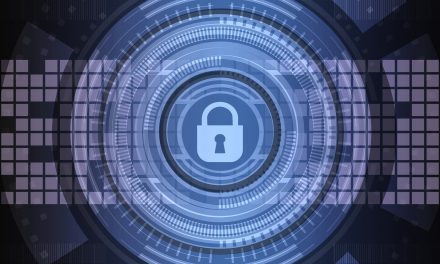General Data Protection Regulation or GDPR has changed how businesses should handle data and other processes inside it. The years of preparation regarding the implementation ended on May 25, 2018. Data protection enforcement has started to roll over, and they have been in place for years now. It modernized the laws regarding the protection of individuals’ personal information. You can know more about GDPR on this site here.
The new regulation has replaced all others across Europe, and it was found out that existing laws were about two decades old. Some of the first drafts were in the 1990s. Since the GDPR has been implemented, it has changed people’s lifestyles who rely heavily on data and routine exchanges of their personal information on the internet.
Overall, the goal of the GDPR is to harmonize the data privacy laws in the EU and its member countries. It provides individuals and nations greater protection. Many businesses and organizations have to alter the way they handle customer information and interact with it. Larger fines and heavier penalties are implemented for the companies found out to breach the laws.
The Regulation Changed Many Things
Significant changes were introduced since the regulation was put in place. The new laws were built with the previous principles on data protection. It has resulted in many people comparing the GDPR to an evolution where it does a complete overhaul of the rights. Businesses that were already compliant with the rules before the GDPR was enforced found themselves to conform with a few more adjustments.
What is GDPR Exactly?
GDPR is one of the strictest data protection rules limiting what organizations can do with the data given to them by their customers. The full text consists of 99 individual articles, and it’s considered an unwieldy text.
Overall, the laws are the framework for many more, which are expected to appear in various continents in the future. Essentially, it’s a replacement for the data protection directive, which was created in 1995. The final form was made after several years of negotiations and discussions. The European Council and the Parliament have adapted to the changes in April 2016. The underpinning directives and regulations were published at the end of the same month and year.
The enforcing laws came into force on May 25, 2018. European countries were given the signal to make small changes to GDPR to be more suited to their own needs. In the United Kingdom, this flexibility has led to the drafting and enforcement of the Data Protection Act of 2018, and it expressly superseded the other Act before it.
Who Needs GDPR?
At the heart of the GDPR is consumer information. The pieces of information may identify a living person either indirectly or directly according to what’s available. An individual’s location, name, username, or IP addresses are just some of the identifiers, and they are strictly referred to as personal data.
Under the new regulations, there are considered to be some categories that are primarily responsible for more sensitive data, and they should be given more protection as a result. These can be race, political opinions, trade union memberships, religious beliefs, political opinions, ethnic origins, biometric data, genetics, health information, sex life, and orientation.
The vital thing to know about what constitutes personal data is that as long as it allows an individual to be identified or even pseudonymized, anything under it is still going to fall under GDPR law.
Any personally identifiable information (PII) can fall under the definition and be included in the GDPR scope. The identifiable information is so important that many companies, organizations, and individuals are either processors or controllers under the law. There are data protecting GDPR consulting services that will let you know your category. This is important so you can make changes to your data privacy and controls whenever you want.
The controllers are the ones who make the decisions. They are the ones who process personal data and have overall control of the purposes. Their roles may be that of a joint controller where three or more groups will decide how they will handle the personal information. Processors, on the other hand, will act according to the instructions of the controllers. Obligations have stricter obligations overall.
What are the Key Principles Involved?

At the core level of the regulation are some principles that were laid out in Article 5. This has been designed to guide how the people involved in companies should handle their information. The principles include purpose and limitation, integrity and confidentiality (security), accuracy, minimization, accountability, lawfulness, fairness, and transparency.
Minimization of information is not new, but it’s essential as the digital age continues to grow. Several companies should not collect more personally identifiable information from their users than what they need. This principle is specifically designed so that the businesses don’t necessarily overreach the type of data that they are collecting about others. For one thing, a retailer does not have any business collecting political opinions in their email list, especially when they have a sale.
There’s also the integrity and confidentiality where the PII should be protected against any unlawful and unauthorized processing. Appropriate protection should be put in place to ensure that the PII will not be vulnerable to hackers and there will be no breach.
GDPR does not explicitly have a set of rules when it comes to security practices. However, it can be different for every organization. In a breach, the regulators will look at the company information and overall setup and determine the kind and amount of fine to be issued.
Accountability is one of the newer principles under the GDPR. It’s added to ensure that the company is working to comply with the other principles to form regulations. Accountability is the accurate documentation of how to handle personal data and ensure that the steps are taken so that authorized staff can access the information whenever needed.

















